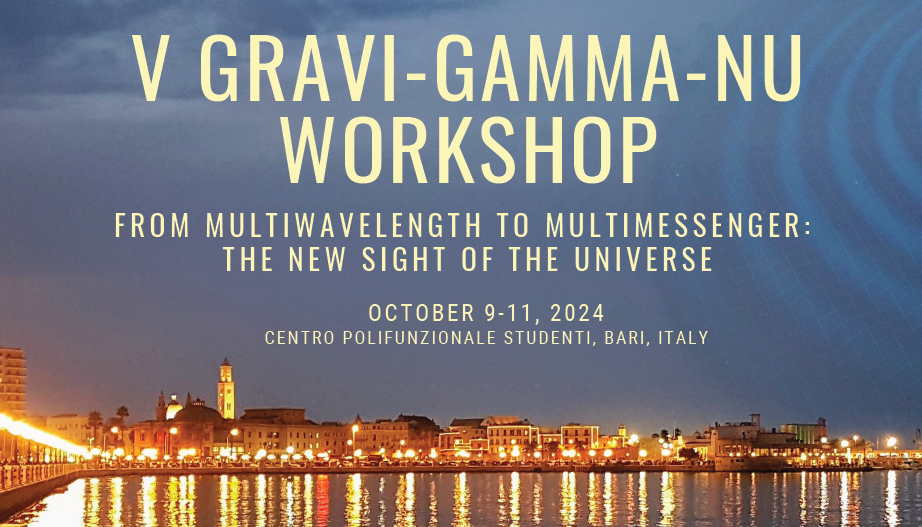Speaker
Description
We have witnessed the detection of what has been recorded has the most energetic Gamma-Ray Burst (GRB) ever: GRB 221009A, also known as the B.O.A.T. (brightest of all time, with $\mathrm{E}_{\mathrm{iso}} \sim 10^{55}$ erg). It spans its emission over the whole electromagnetic spectrum, up to the very high energy (VHE) gamma-ray band: in particular the LHAASO observatory, in China, has been able to detect photons up to energies never detected before from a GRB, reaching ~ 10 TeV and so opening a new era for the observation of this kind of phenomena.
In the work we present here we describe the method we developed to model GRBs afterglow emission through an analytical description of their light curve behaviour, depending on various physical parameters driving the emission, followed by a Markov-Chain Monte Carlo (MCMC), and our particular case study on GRB 221009A.
The dependence on the physical parameters (electron energy fraction, magnetic energy fraction, injected electrons index, initial bulk Lorentz fraction and ISM density) is inferred from the simulations produced with a numerical model based on temporal step-by-step calculation of the evolution of the blast wave and consequent GRB emission through the interaction with the ISM: the behaviour of the light curves is extracted by varying the the parameters, and assuming for them a "modified" smoothed power law shape we inferred a direct dependence on the parameters later used for the MCMC.

